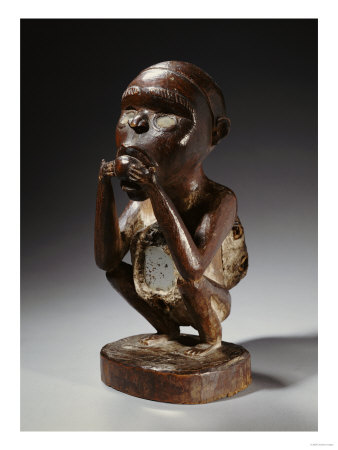
The role of the artist 4 is to give form to the immaterial-hidden or universal truths, spiritual forces, personal feelings. Some examples are spiritual or magical figures. They can be paintings, by such artists as Picasso, or figures. Some of the figures are used for medicinal purposes while others are for communication with the dead. It depended on what they depicted, where it was, and what a person believed.



